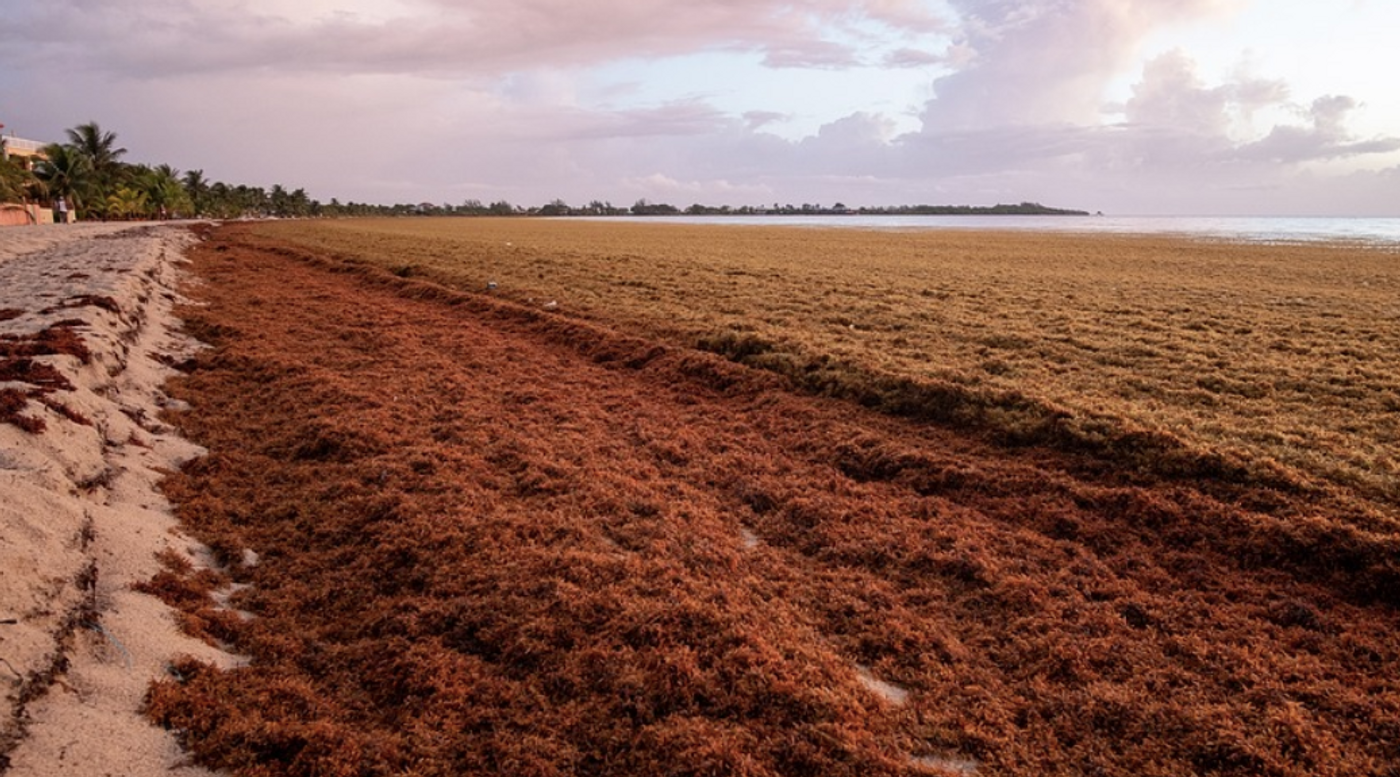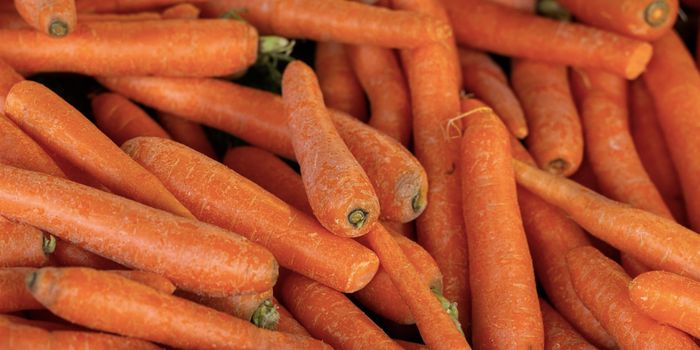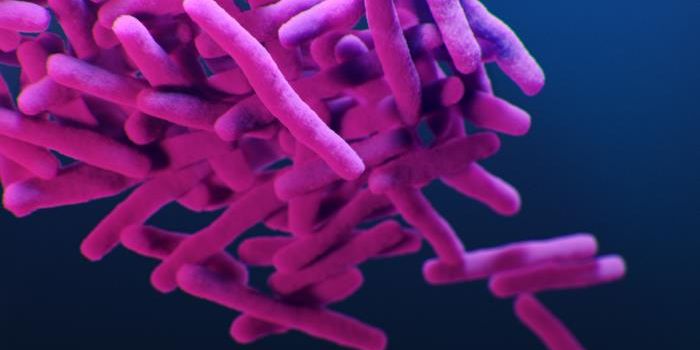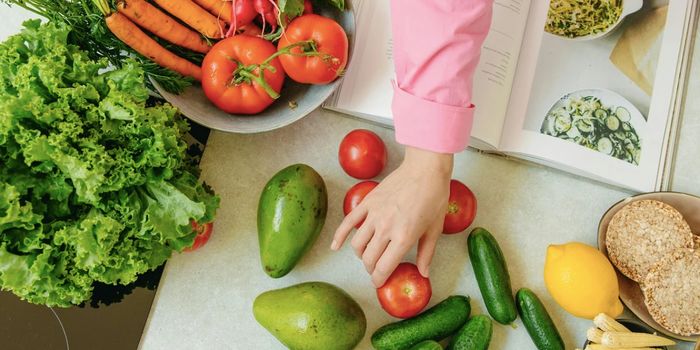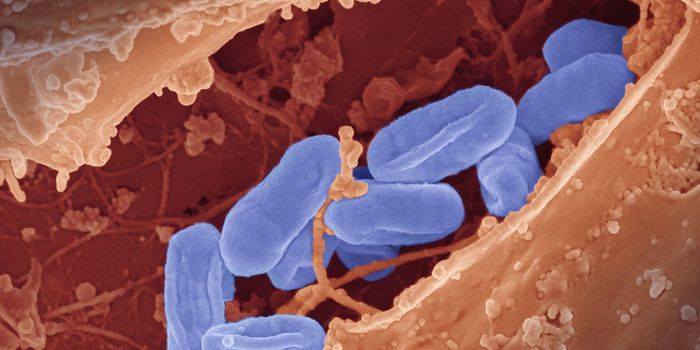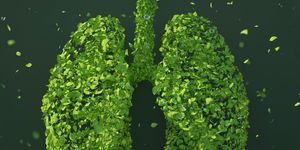Algae Could Carry a Wave of Pathogens to Florida Shores
Sargassum is a brown macroalgae that is abundant in the ocean. It has many appendages and 'berries' that are full of gas, giving the algae buoyancy, allowing it to float freely and never attach to the seafloor. Sargassum populations are becoming larger in various parts of the ocean and particularly in the Sargasso Sea and the Great Atlantic Sargassum Belt. Plastic trash, which often breaks down into microplastics in the ocean, has also begun to mix with Sargassum.
Several years ago, scientists showed that microplastics are a great home for antibiotic-resistant bacteria, which often share their resistance genes with other microbes. Researchers have now shown that there is an interplay between Sargassum, plastic debris, and Vibrio bacteria. The findings have been reported in the journal Water Research. As a 5,000-mile wide mass of this algae heads for Florida, researchers are warning people to limit their contact with the stuff until we learn more about how dangerous it might be.
Vibrio bacteria are also commonly found in the ocean, and have been the primary cause of death in humans from the marine environment. Vibrio can cause deadly infections in open wounds or due to foodborne illnesses when it contaminates seafood.
In this study, the investigators sequenced the genomes of 16 isolates of Vibrio found in eel larvae, plastic ocean debris, Sargassum, and samples of Caribbean and Sargasso seawater. This showed that Vibrio pathogens are especially adherent to microplastics. These pathogens may even be adapting to plastic.
Plastic has only existed for about 50 years, and is new to marine environments. It seems that for some organisms, that plastic is beneficial to their growth. That may be very bad news for us, though. "Our lab work showed that these Vibrio are extremely aggressive and can seek out and stick to plastic within minutes. We also found that there are attachment factors that microbes use to stick to plastics, and it is the same kind of mechanism that pathogens use," noted corresponding study author Tracy Mincer, Ph.D., an assistant professor of biology at Florida Atlantic University.
Some of the Vibrio bacteria appear to represent new species that carry a combination of genes involved in pathogenicity and limited nutrient acquisition. These seem to reflect their new, plastic habitat. Pathogen genes carried by these bacteria are similar to those found in both cholera and non-cholera bacteria. The bacteria are also good at quickly forming biofilms and can perform hemolytic and lipophospholytic functions, which all indicate the potential for pathogenicity.
These Vibrios can cause infection in the gut because of so-called zot genes. "For instance, if a fish eats a piece of plastic and gets infected by this Vibrio, which then results in a leaky gut and diarrhea, it's going to release waste nutrients such nitrogen and phosphate that could stimulate Sargassum growth and other surrounding organisms," Mincer explained.
An analysis of beached Sargassum has already indicated that the algae hosts high levels of Vibrio bacteria.
"I don't think at this point, anyone has really considered these microbes and their capability to cause infections," noted Mincer. "We really want to make the public aware of these associated risks. In particular, caution should be exercised regarding the harvest and processing of Sargassum biomass until the risks are explored more thoroughly."
Sophie Ringel, founder of the non-profit Clean Miami Beach, told The Guardian, “We’ll be paying extra attention and making sure everybody washes their hands, and doesn’t touch their faces after the cleanup. But I wonder what happens if we ingest it or come in contact with it? Is it transferable? And when it rains, does it end up in our drinking water?”
Sources: Florida Atlantic University, Water Research
